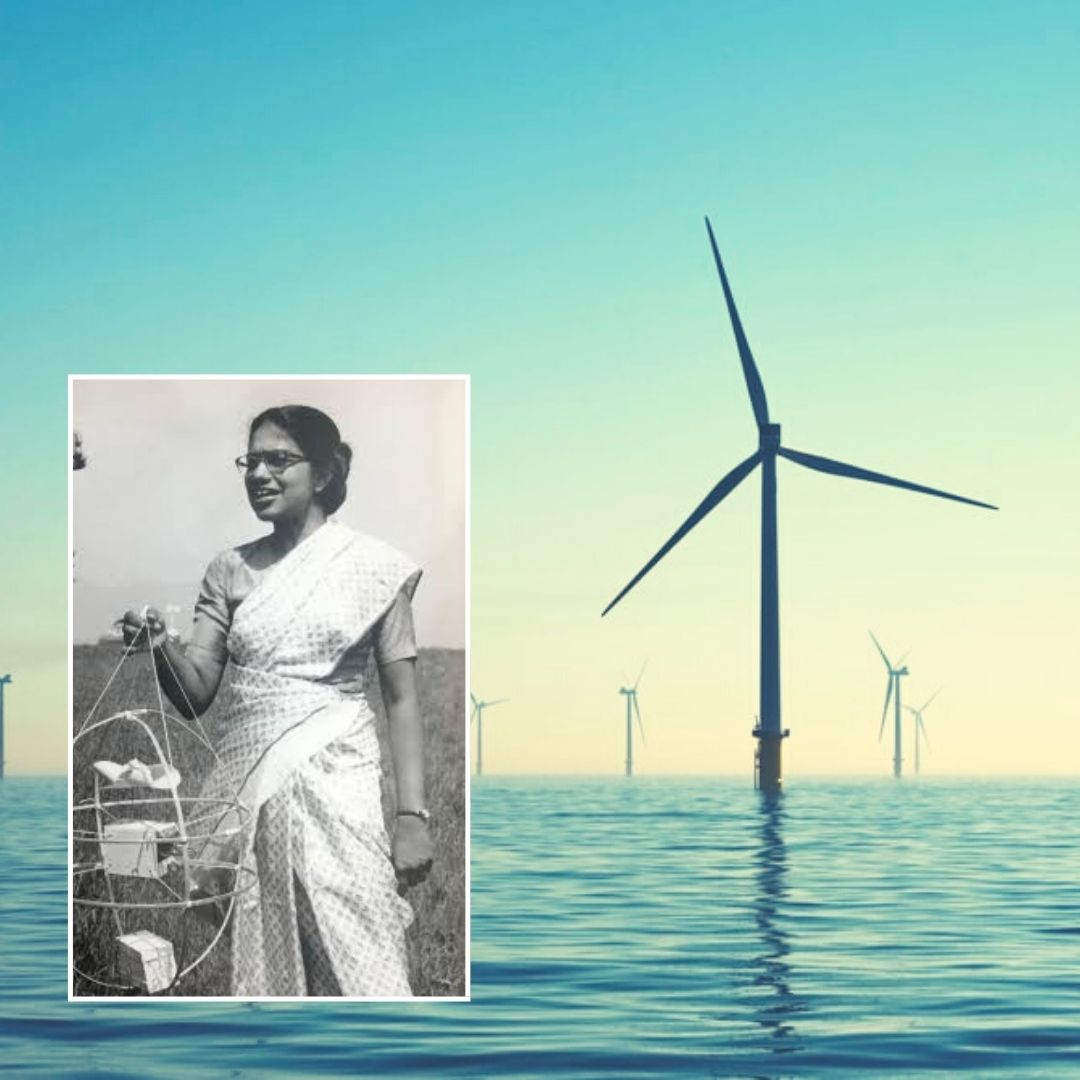
Image Credits: Unsplash and World Meteorological Organization
Who Was Anna Mani? All You Need To Know About India's 'Weather Woman'
Writer: Laxmi Mohan Kumar
She is an aspiring journalist in the process of learning and unlearning many things. Always up for discussions on everything from popular culture to politics.
India, 23 Aug 2022 6:34 AM GMT
Editor : Snehadri Sarkar |
While he is a massive sports fanatic, his interest also lies in mainstream news and nitpicking trending and less talked about everyday issues.
Creatives : Laxmi Mohan Kumar
She is an aspiring journalist in the process of learning and unlearning many things. Always up for discussions on everything from popular culture to politics.
Anna Mani is among the pioneering scientists whose contributions continue to be tributed by Indian and International science organisations. As Google celebrates her 140th birth anniversary, here's all you need to know about the legacy she left behind.
Born to a humble Syrian Christian family in Kerala, Anna Mani is celebrated today for her extraordinary contributions to the field of physics and meteorology. She was among the pioneers in her field who had enabled independent weather instrumentation in India.
Her dedicated studies and understanding of solar radiation, ozone and wind energy instrumentation are known to have set the groundwork for the nation to build on its renewable energy. As the world pays tribute to this brilliant Indian Physicist, here are some of her contributions that Indians can personally take pride in.
The Weather Woman Of India
Anna Mani graduated with a B.Sc Honours degree in Physics and Chemistry from Chennai in 1939. Post-graduation, she worked closely under Professor CV Raman and was involved in researching the optical properties of ruby and diamond. Around that time, she also authored about five research papers but was not recognised or granted a PhD for her works as she did not have a master's degree in Physics. Proving her capacities yet once again, she moved to Britain to pursue her master's, as required, in 1945.
However, here she found her interest in studying meteorological instruments and picked up the course at the Imperial College, London. Returning to India in 1948, she joined the Meteorological department in Pune. From this post, she published numerous research papers on meteorological instrumentation. These works are known to have set the base in the coming years for the country to make accurate forecasts and harness their renewable energy sources to their optimum capacity.
One in a Hundred
Her interest in the subject was fuelled by her wish to make India independent in weather instrumentation. As per an article on The Times of India, she was made the head of the division at the Meteorological Department, which was a space considered to be male-dominated with a team of over 100 men. Under her guidance, the department was able to produce over 100 simplified and standardised weather instruments and other indigenous infrastructure for forecasting.
In 1957 and '58, she set in place a network of stations to measure solar radiation and expanded it further by establishing a small workshop in Bangalore to manufacture instruments for measuring wind speed and solar energy. The workshop was also the space where she developed an apparatus to measure ozone. Simultaneously in the '50s, she also published several papers on sustainable energy measurement, which made her one of the earliest advocates for sustainable energy in the country.
She was later promoted as the Deputy Director General of the India Meteorological Department and was a part of multiple key scientific organisations. Even after her retirement, she relentlessly worked towards the development of science and tech in the country and held pivotal positions in organisations, including the United Nations World Meteorological Organization, Indian National Science Academy, American Meteorological Society, International Ozone Association, International Solar Energy Society, and so on.
In 1987, she became a recipient of the INSA K. R. Ramanathan Medal for her impeccable contributions to science. She passed away on August 16, 2001, but her legacies continue to live through the many works she did in her lifetime.
Also Read: Women In STEM: Kalaiselvi Appointed As First Ever Woman Director General Of CSIR
 All section
All section














